Using Pecans In The Kitchen: What To Do With Pecans
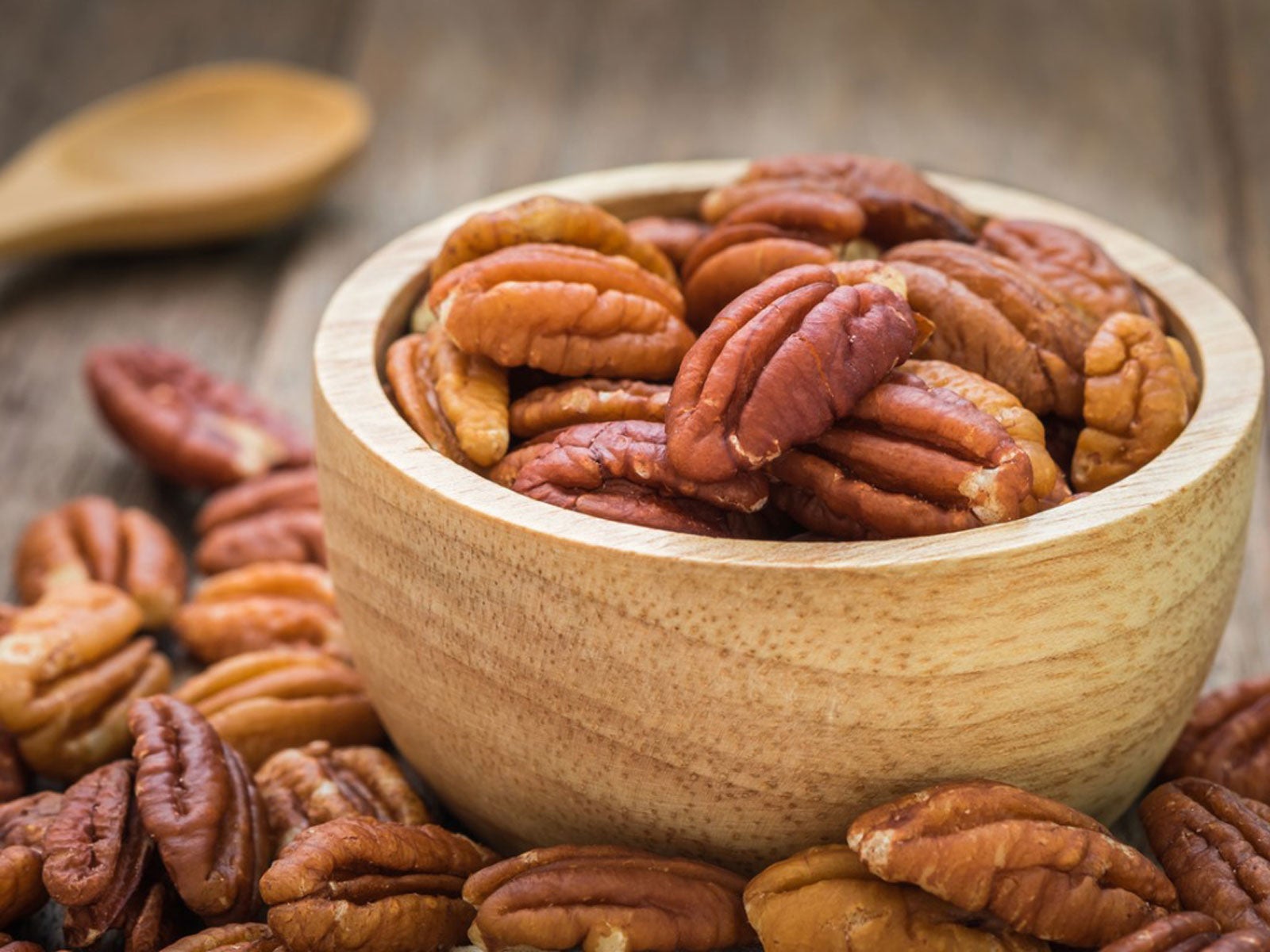
The pecan tree is a hickory native to North America that has been domesticated and is now grown commercially for its sweet, edible nuts. Mature trees can produce 400-1,000 pounds of nuts per year. With such a large quantity, one might wonder what to do with pecans.
Cooking with pecans is, of course, the most common of pecan uses, but there are other ways of using pecans. If you are lucky enough to have access to a pecan tree, read on to learn how to use pecans.
What to Do with Pecans
When we think of pecans, we may think of eating the nuts, but many species of wildlife also enjoy not only the pecan fruit, but foliage as well. Using pecans isn’t just for humans, many birds, squirrels, and other small mammals eat the nuts, while white-tailed deer often nibble on the twigs and leaves.
Beyond our feathered friends and other mammals, pecan nut uses are generally culinary, but the tree itself has beautiful, fine-grained wood that is used in furniture, cabinetry, paneling, and for flooring and fuel. The trees are a common sight in southern areas of the U.S. where they’re used not only for the nuts produced but as valuable and graceful shade trees.
Pecan nuts are used in pies and other sweet treats like candies (pecan pralines), cookies, and breads. They are terrific with sweet potato recipes, in salads, and even in ice cream. Milk is made from pressing the seed and used to thicken soups and season corn cakes. The oil may also be used in cooking.
Turns out that pecan hulls are also very useful too. The nut shells can be used to smoke meats, they can be ground and used in beauty products (facial scrubs), and can even make excellent garden mulch!
Medicinal Pecan Uses
The Comanche people used pecan leaves as a treatment for ringworm. The Kiowa people ate a decoction of bark to treat symptoms of tuberculosis.
Gardening tips, videos, info and more delivered right to your inbox!
Sign up for the Gardening Know How newsletter today and receive a free copy of our e-book "How to Grow Delicious Tomatoes".
Pecans are also rich in protein and fat and are used as a supplement for both human and animal diets. Interestingly, ingesting pecans has been said to aid in weight loss. This is because the nut satiates the appetite and increases metabolism.
Pecans, like many other nuts, are rich in fiber too, which helps reduce the risk of coronary heart disease and prevents some types of cancer. They also contain monounsaturated fats, like oleic acid, which are heart-healthy and can reduce the risk of strokes.
Additionally, the high fiber content promotes colon health and encourages regular bowel movements as well as reducing risks of colon cancer and hemorrhoids. Their powerful antioxidants help boost the immune system, while their vitamin E content may lower the risk of Alzheimer’s and dementia.

Amy Grant has been gardening for 30 years and writing for 15. A professional chef and caterer, Amy's area of expertise is culinary gardening.
-
 Types Of Tomatoes Explained: Explore The Many Wonderful Shapes, Colors, Flavors, & Best Uses
Types Of Tomatoes Explained: Explore The Many Wonderful Shapes, Colors, Flavors, & Best UsesThe world of tomato varieties is vast and fascinating. Learn about the key types to grow in your garden, tailored to your preferences and space.
By Amy Grant
-
 Try The Trend – Turn Any Bed Into A Keyhole Garden With This Clever In-Ground Composter
Try The Trend – Turn Any Bed Into A Keyhole Garden With This Clever In-Ground ComposterKeyhole gardening is an efficient and sustainable practice that saves space. Get started on this DIY project quickly and easily with an in-ground composter.
By Bonnie L. Grant
-
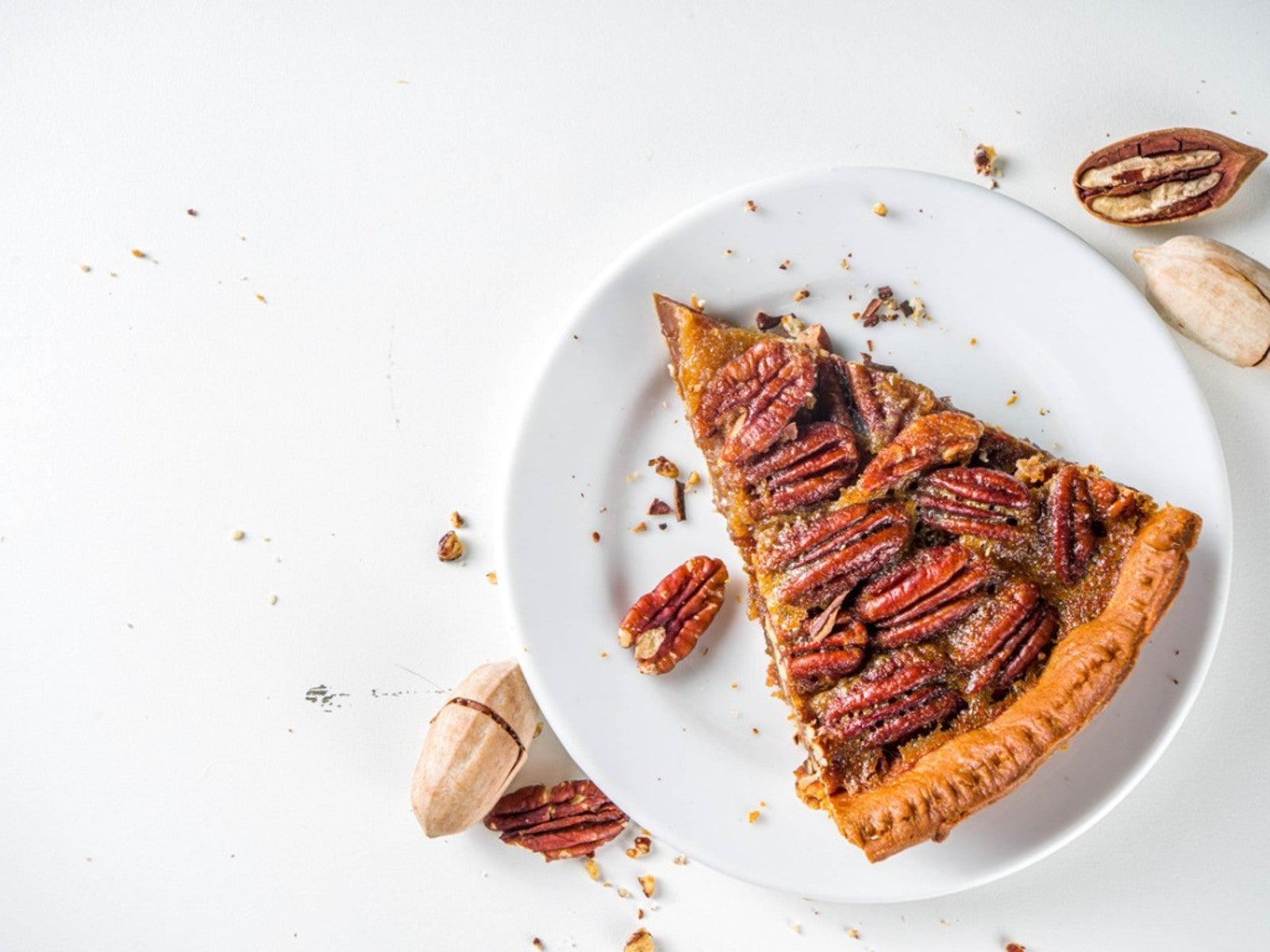 From Harvest To Table: How To Make The Perfect Pecan Pie
From Harvest To Table: How To Make The Perfect Pecan PieFall is pecan harvest time, which means it’s also time for the perfect pecan pie recipe. Read on for more.
By Amy Grant
-
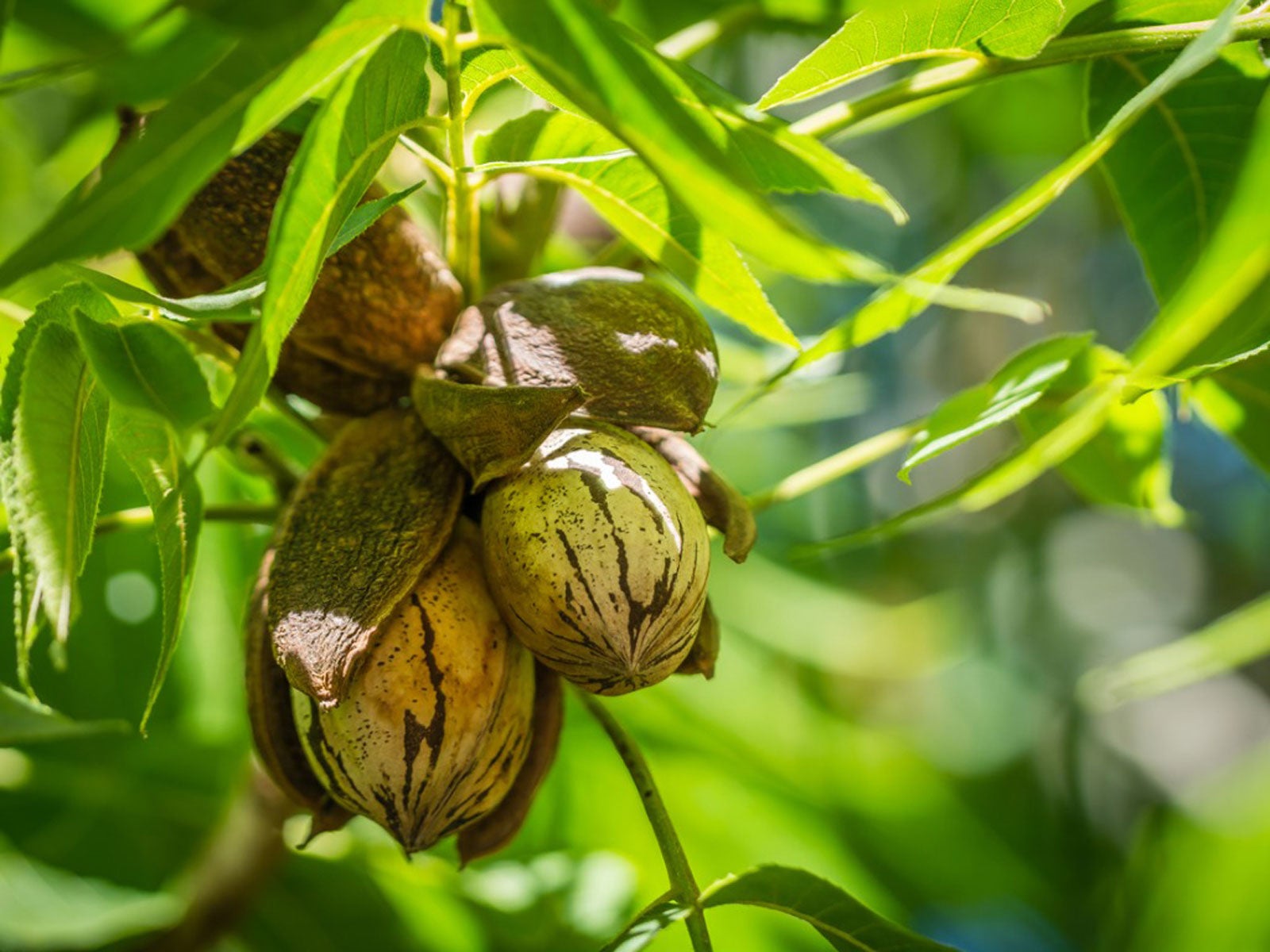 Root Pecan Cuttings – Can You Grow Pecans From Cuttings
Root Pecan Cuttings – Can You Grow Pecans From CuttingsPecans are delicious, so much so that if you have a mature tree, your neighbors are likely envious. You may want to root pecan cuttings in order to grow a few trees for gifting. Will pecans grow from cuttings though? Click here for info on pecan cutting propagation.
By Teo Spengler
-
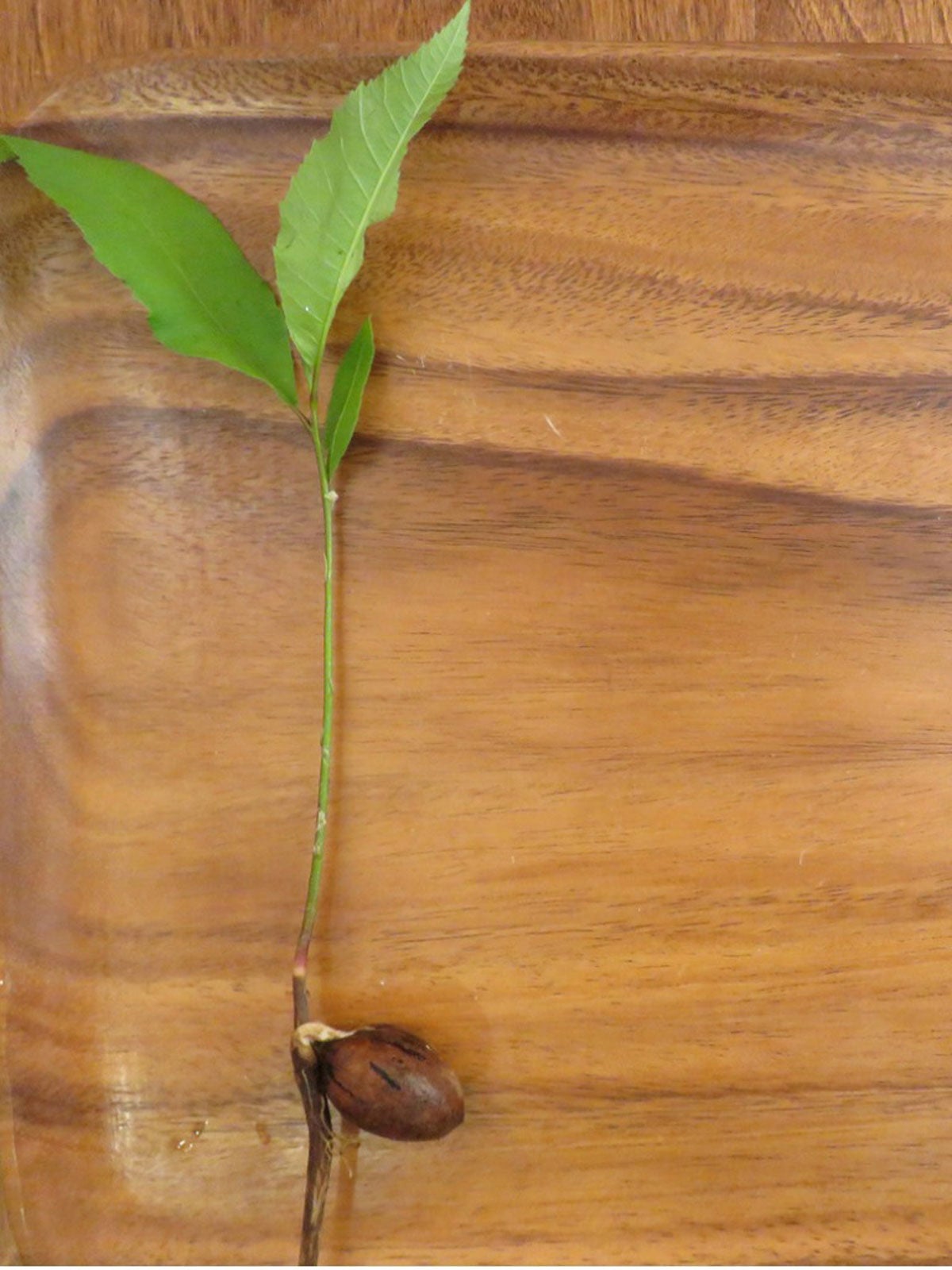 How To Plant Pecans: Learn About Sowing Pecan Seeds
How To Plant Pecans: Learn About Sowing Pecan SeedsGrowing pecans from seed is not as simple as it sounds. Sowing pecan seeds is only one step in a complex process of growing a nut producing tree. Can you plant a pecan seed? Click here to find out and get tips on how to plant pecans and pecan seed germination.
By Teo Spengler
-
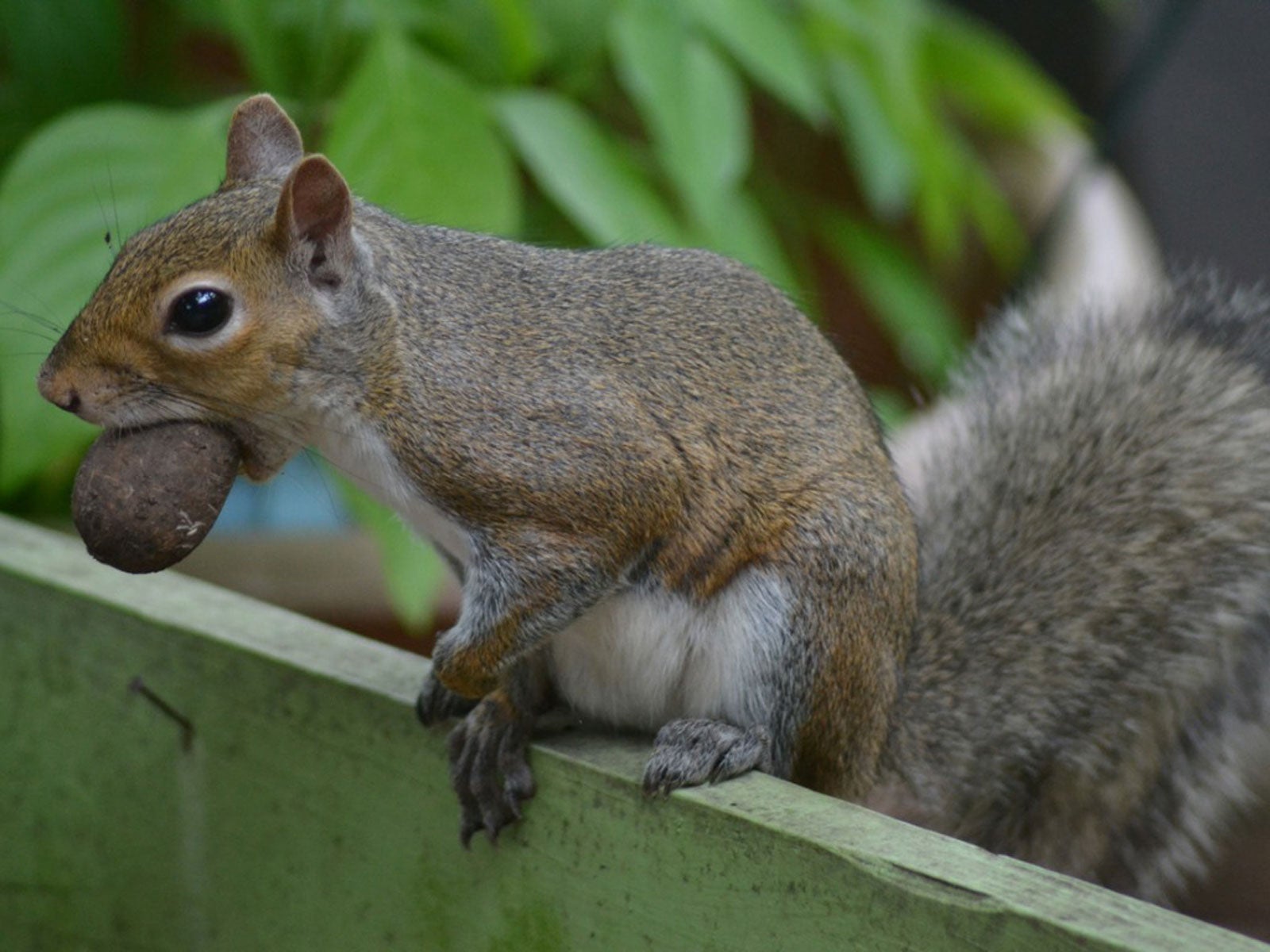 Help, Pecans Are Gone: What’s Eating My Pecans Off The Tree
Help, Pecans Are Gone: What’s Eating My Pecans Off The TreeIt’s definitely unpleasant to walk outside to admire your pecan tree and find half your nuts are gone! You may begin to wonder what could be eating your pecans. Click this article for ideas on different pests that eat pecans so you can save more of the tasty nuts for yourself.
By Teo Spengler
-
 Pecan Bacterial Leaf Scorch: Treating Bacterial Leaf Scorch Of Pecans
Pecan Bacterial Leaf Scorch: Treating Bacterial Leaf Scorch Of PecansWhile pecan bacterial leaf scorch (PBLS) does not kill pecan trees, it can result in significant losses. The following article discusses the symptoms and treatment for a pecan tree with bacterial leaf scorch. Click here for more information.
By Amy Grant
-
Pecan Downy Spot Control – How To Treat Downy Spot Of Pecans
Downy spot of pecans is a fungal disease affects the overall vigor of the tree, thus pecan downy spot control is integral to its health. The following article contains information on pecan downy spot symptoms and tips for treating a pecan tree with downy spot.
By Amy Grant
-
Pecan Vein Spot Control – Learn About Pecan Vein Spot Disease
Pecan vein spot disease is caused by the fungus Gnomonia nerviseda. The disease does not appear on shoots or nuts, only foliage and only in pecan trees. The good news is that the disease is infrequent, causes little crop loss and can be prevented. This article will help.
By Bonnie L. Grant
-
 Is Ball Moss Bad For Pecans – How To Kill Pecan Ball Moss
Is Ball Moss Bad For Pecans – How To Kill Pecan Ball MossPecan ball moss control isn’t easy, and even if you manage to remove most ball moss in pecan trees, it’s nearly impossible to remove all the seeds. So, the burning question is, what can you do about ball moss in pecan trees? Click this article to learn more.
By Mary H. Dyer